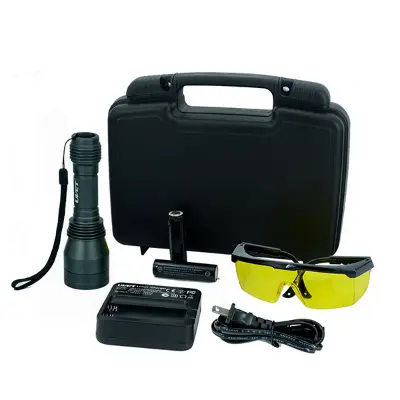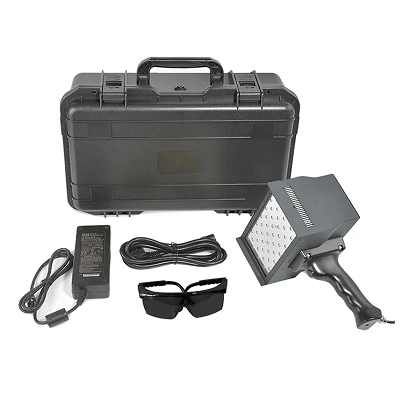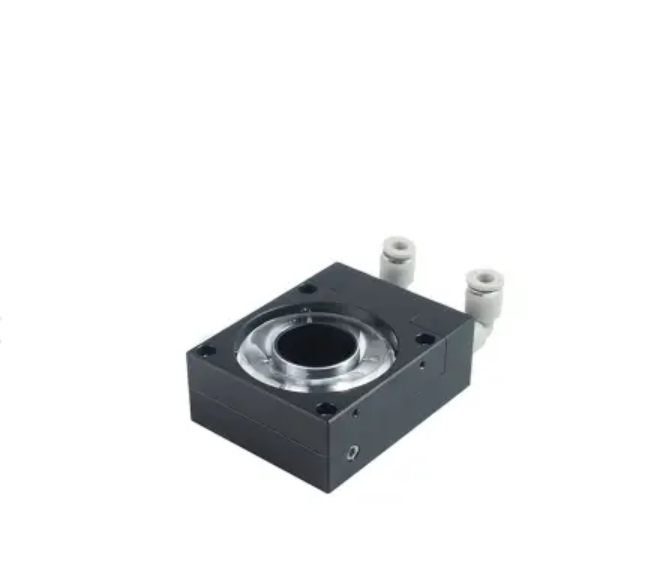Forensic UV Analysis: Applications, Techniques, and Benefits
The modern world of forensic science has never existed without the innovations of the appearance of new technologies. Forensic UV analysis can be mentioned as one of the most powerful technologies being successfully used in the contemporary world.
- Hidden evidence is deployed when the ultraviolet light comes in handy since it can reveal the evidence that cannot be identified. UV light is helpful in finding blood or fluorescence of latent fingerprints, which find other latent evidence that would help the investigator solve the crime.
- Forensic UV is an auxiliary investigation process in which an investigation is conducted with the help of ultraviolet (UV) to detect and study the hidden evidence. It is accepted to be applied in instances of crime scene investigation due to its accuracy and reliability.
The Mechanism: How it works
When biological or chemical substances react with UV light, fluorescence occurs. These glowing effect reveals stains, residues, or modifications not identifiable under regular lighting. With the help of this technique, blood and other body fluids, fibre, and even forged paperwork can be recovered.
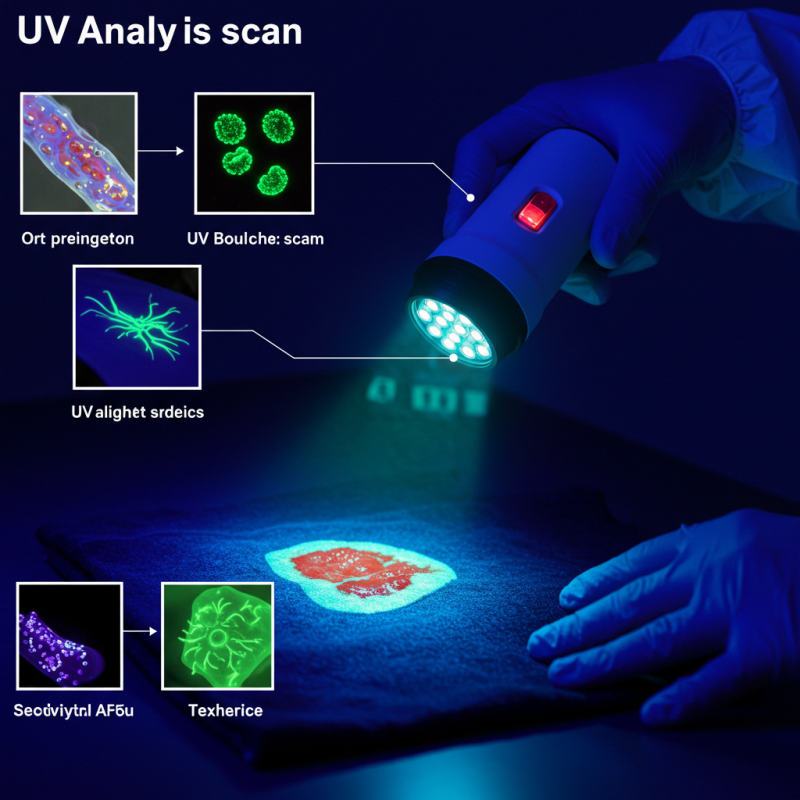
- Non-Destructive Examination
One of the greatest advantages of forensic ultraviolet analysis is based on the lack of invasiveness and destructiveness. Otherwise, under the vigorous tests that are performed by using chemicals, UV analysis does not interfere with the evidence. This will help the investigators keep the integrity of samples to be tested in the laboratories and may be used in the legal proceedings.
- Forensic UV Light Mechanism
Under the testing procedure of the UV spectrum analysis tools, as the forensic scientists shine them over evidence, semen, blood, saliva, fibers, or drugs will become visible and will give the appearance of glowing because of fluorescence. It is because this kind of material absorbs UV light and emits light into the visible light.
Classes of UV Light Sources Forensics Types
Forensic ultraviolet analysis is premised on the capacity to render invisible evidence using different ultraviolet light. Each kind of source of UV light has its particular features, strengths, and drawbacks.
- UV; 100 to 280 nm Short-wave UV
UV is powerful, and it can give highly fluorescent emission on certain materials. It is quite good as far as trace residues and minutiae are concerned. However, over-exposure of the short-wave UV has also been proven to destroy the biological evidence, including DNA, and would not prove that much beneficial in the long-term investigation of a sensitive case.
- MW UV ( 280 320 nm )
Medium-wave UV light is typically prevalent in forensic UV inspection means. It presents the benefit of power over safeguard, hence applicable in the regular evidence hunt. Investigators normally use this spectrum in examining the fluorescent-enriched prints or the placement of the biological stains.
- Long-Wave UV (320 400 nm)
The most frequently used UV in the industry is the long-wave (black light), which is the safest to use. It operates through numerous critical capacities, with the more notable being the detection of any bodily fluid, counterfeits, and trace fibers without subjecting the evidence to any destruction.
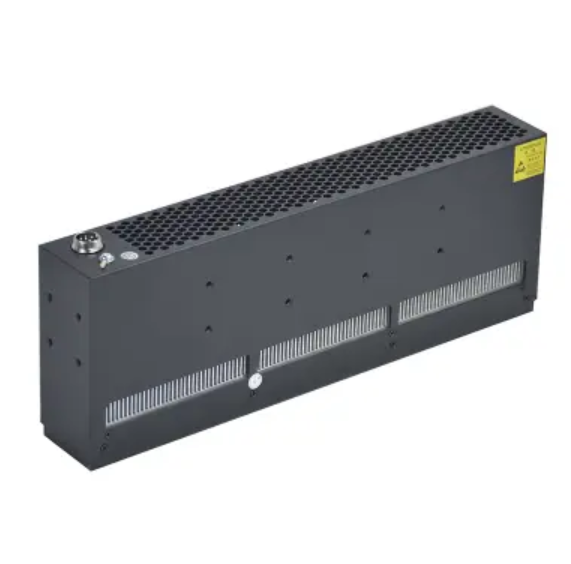
Applications of Forensic UV Analysis
UV is a significant forensic analysis that locates the unrecognized living evidence. It is possible that stains created by blood, semen, or even saliva could not be noticed, but under UV, they would exhibit fluorescence and give valuable evidence even after cleaning.
- LFPF
Fingerprints that have been exposed to some chemicals and studies in the UV-visible spectrum yield luminescent fingerprints. This helps the forensic experts identify and take snapshots of all prints that cannot be seen without increasing the level of investigation of the case.
- Trace Evidence Visualization
Hair or fibers, or micro-particles, may prove difficult to observe. UV forensics examination makes these materials visible by the use of naked eye vision it is means that no significant detail is overlooked in the crime scene investigations.
- Forensics Document Analysis
Forged signatures, altered inks, and fake documents will be detectable under UV lights with discernible results. This has been the most popular of the methods used by the banks, the legal authorities, and the police departments to detect fraud.
- Drug and Residue Deterrence
Certain narcotics like LSD and ecstasy may fluoresce with the aid of a UV light. This makes UV inspection a fast and reliable method of conducting narcotic detection both in labs and even in the field.
- Advantages & Tools
The forensic UV analysis process is nondestructive, economical, and real-time. In the path of analyzing evidence, the experts use ALS units, portable UV lamps, along with safety goggles and UV inspection kits, in a manner that the analysis would be conducted not only in the labs but also in the field.
UV Analysis Techniques/ Methods
- UV Fluor spectrophotometry
Used in labs to read out of a chemical signature. It can be used to find invisible forensic submicron-scale evidence using the molecular scales.
- Ultraviolet Imaging
The process of optical forensics is the extrapolation of high-value evidence in the courtroom, of the part of an object receiving UV light, due to the special camera equipment.
- Absorption Techniques
The other substances are non-fluorescent but rather react with UV in another manner. These are concealed information, and the ultraviolet analysis brings it to light.
- Testing Forensics Non-Destructive
This renders evidence integrity. The UV scanning is also acceptable since such a method does not label sensitive samples.
Conclusion
A light on the invisible stains is not the whole story of forensic UV analysis. It is a streamlined, non-pathogenic, and very predictable method that supplements the inquiry into criminal acts. It is the process that gives the relationship between crime and truth through some hidden facts. And with results proving UV forensic light sources and other high-tech aids transforming the future of forensic science, never looked more promising. Does your company/lab need UV forensic solutions? Discover UVET to find industry professionals with ready UV instruments to meet your needs.
